PUBLICATION WAREHOUSE
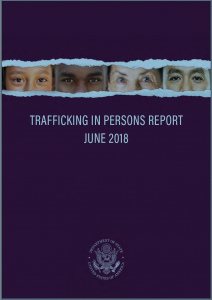
Trafficking in Persons Report (2018)
Trafficking in Persons Report (2018) is an essential US State Department tool used to highlight where modern slavery thrives and the specific steps each government can take to protect victims of human trafficking, prevent trafficking crimes, and prosecute traffickers in the United States and around the world.
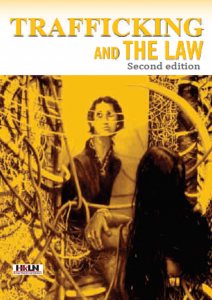
Trafficking and The Law : Second Edition – HRLN
This book is an attempt to compile various Indian and international definitions, legislation, jurisprudence, and case laws on trafficking to help NGOs and human rights activists understand and deal with the issue. Human Rights Law Network while working extensively on human rights violations, women’s justice, and child protection established the linkages between trafficking, gender violence, and child abuse. It collates case laws on different forms of trafficking.
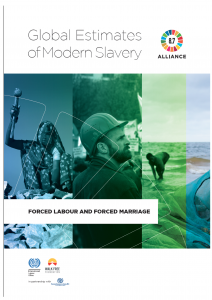
Global Estimates of Modern Slavery: Forced Labour and Forced Marriage (2017)
The 2017 report ‘Global Estimates of Modern Slavery’ by the International Labour Organization (ILO) and Walk Free Foundation (WFF) focuses on two main issues: forced labor and forced marriage. The estimate of forced labor comprises forced labor in the private economy, forced sexual exploitation of adults and commercial sexual exploitation of children, and state-imposed forced labor.
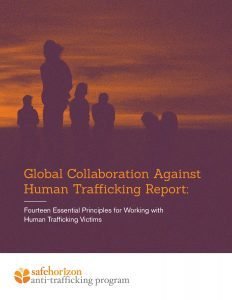
Global Collaboration Against Human Trafficking Report: Fourteen Essential Principles for working with Human Trafficking Victims
The ‘Global Collaboration Against Human Trafficking Report: Fourteen Essential Principles for working with Human Trafficking Victims’ is a collaborative effort of 10 service providers. The 14 Principles of Practice (PoPs) outlined in this brief are essential to supporting trafficking survivors, regardless of an organization’s mission and approach.
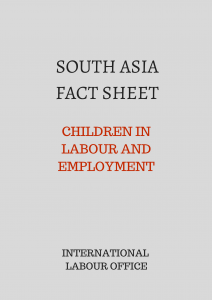
SOUTH ASIA – Fact Sheet Children in Labour and Employment – ILO
The South Asia report ‘Children in Labour and Employment’ by International Labour Office, provides an overview and insight into the nature and extent of child labour and children’s employment and educational marginalisation in the South Asian countries and region. It further highlights gaps in national statistical surveys and inconsistencies across countries, which limit the scope of the findings and analyses.

Global Report on Trafficking in Persons 2016 – UNODC
The 2016 edition of the ‘Global Report on Trafficking in Persons’ by UNODC investigates how migrants and refugees can be vulnerable to trafficking in persons en route or at the destination. This focus complements the findings of previous editions, which have looked at socioeconomic factors and the role of transnational organized criminal groups in trafficking in persons.
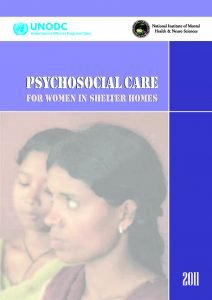
Psychosocial Care for Women in Shelter Homes – UNODC
This comprehensive manual highlights the issues of a neglected segment of vulnerable among the vulnerable – ‘women in shelter homes’. It has been observed that the understanding of psycho-social care has been very limited in these shelter homes. This manual aims to address this lacuna enables the caregivers of the shelter homes to understand the needs of the women and gives them an insight into the spectrum of psycho-social interventions.
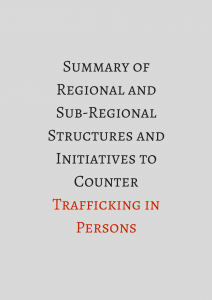
Summary of Regional and Sub-Regional Structures and Initiatives to Counter Trafficking in Persons
The report ‘Summary of Regional and Subregional Structures and Initiatives to Counter Trafficking in Persons’ is based on submissions received from regional mechanisms in response to a questionnaire of the UN Special Rapporteur on Trafficking in Persons, especially Women and Children, the Special Rapporteur’s 2010 report to the Human Rights Council and more recent submissions.
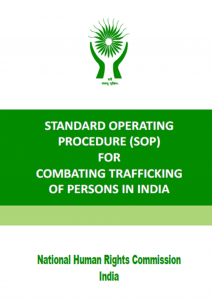
Standard Operation Procedure (SOP) For Combatting Trafficking of Persons in India – NHRC
Human trafficking is a crime in which the victim faces continuous and multiple crimes at all stages. The victim suffers physically, psychologically and economically. There is a huge knowledge gap which exists about issues related to trafficking and the laws relating to it. National Human Rights Commission, in its Standard Operating Procedure, highlights this knowledge gap, and the mechanisms for prevention, rescue, investigation and rehabilitation in cases of trafficking.

